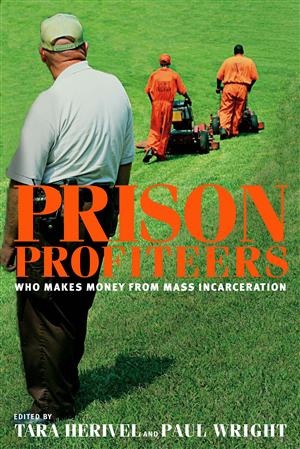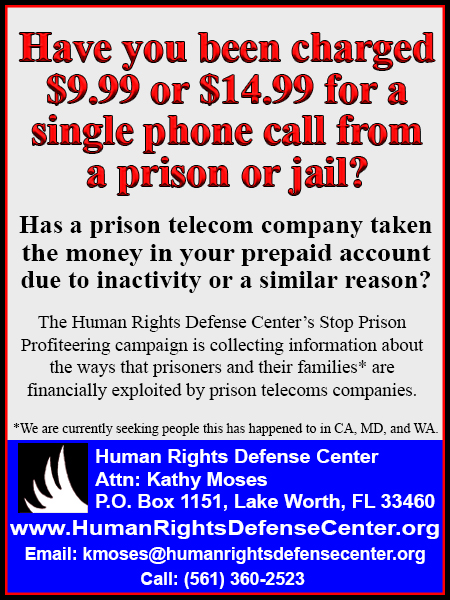SCOTUS Announces Only ‘False’ Statements Made to FDIC Are Criminalized Under 18 U.S.C. § 1014, Not Statements That Are ‘Misleading’ but True
Resolving a split between the United States Courts of Appeals for the Sixth Circuit and Seventh Circuit, the Supreme Court of the United States held that 18 U.S.C. § 1014 criminalizes only “false” statements, not ones that are “misleading” but true, i.e., not false.
Background
Patrick Thompson obtained three loans totaling $219,000 from Washington Federal Bank for Savings. One loan was for $110,000, and the other two were for $20,000 and $89,000. The proceeds of the $110,000 were used for an equity contribution to a law firm.
The bank subsequently failed, so the Federal Deposit Insurance Corporation (“FDIC”) became responsible for collecting on the outstanding loans. Planet Home Lending—acting as FDIC’s loan servicer—sent an invoice for the loan amounts plus interest totaling $269,120.58 to Thompson. On February 23, 2018, he called customer service and advised that he had “no idea where the 269 number comes from” and stated that “I borrowed the money, I owe the money—but I borrowed … I think it was $110,000.” He claimed a “discrepancy,” which Planet Home Lending agreed to research.
On March 1, 2018, two FDIC contractors contacted Thompson by telephone. During the conversation, Thompson reportedly stated that he borrowed the $110,000 for home improvements. The FDIC eventually agreed to settle Thompson’s total outstanding debt for just the principal amount of the three outstanding loans, i.e., $219,000.
The Government charged Thompson with two counts of violating 18 U.S.C. § 1014, which prohibits “knowingly mak[ing] any false statement or report … for purposes of influencing in any way the action of … the Federal Deposit Insurance Corporation … upon any … loan.” Count 1 alleged that on the February 23 phone call, Thompson “falsely stated he only owed … $110,000 to [the Bank] and that any higher amount was incorrect, when [he] knew he had received $219,000.” Count 2 alleged that on the March 1 phone call, he “falsely stated that he only owed $110,000 to [the Bank], that any higher amount was incorrect, and that these funds were for home improvement, when [he] then knew had received $219,000 from [the Bank] and the $110,000 was paid to a law firm as [his] capital contribution.”
The jury convicted Thompson on both counts. He moved for an acquittal or a new trial, arguing that a “conviction for false statements cannot be sustained where, as here, the alleged statements are literally true, even if misleading.” That is, he noted that his statements about the $110,000 loan were literally true despite the fact that he subsequently obtained two additional loans.
The U.S. District Court for the Northern District of Illinois denied the motion, explaining that the Seventh Circuit does not require literal falsity in § 1014 cases. United States v. Freed, 921 F.3d 716 (7th Cir. 2019). The District Court commented that the argument might be successful in the Sixth Circuit, which has ruled that a § 1014 conviction cannot be based on material omissions or implied misrepresentations. United States v. Kurlemann, 736 F.3d 439 (6th Cir. 2013). Nevertheless, the District Court stated that Thompson failed to cite a Seventh Circuit or Supreme Court case holding that a § 1014 conviction requires a literally false statement. Consequently, the District Court rejected his argument and denied the motion.
The Seventh Circuit affirmed, stating it had “already decided [in Freed] that § 1014 criminalizes misleading representations.” It acknowledged the Sixth Circuit’s conclusion in Kurlemann but stated that it is bound to follow Seventh Circuit precedent.
The Supreme Court granted certiorari to answer the question of whether § 1014 criminalizes statements that are misleading but not false.
Analysis
The Court began its analysis by observing the text of § 1014 provides that “knowingly mak[ing] any false statement or report” is a crime. Importantly, the statute does not use the term “misleading,” which is separate and distinct from “false,” according to the Court. In stating the obvious, the Court noted that a misleading statement can be true, see Peel v. Attorney Registration and Disciplinary Comm’n of Ill., 496 U.S. 91 (1990), and a true statement is not false, see Victor v. Nebraska, 511 U.S. 1 (1994). As such, some misleading statements are not false, and it is also the case that some misleading statements are true.
The Court stated that “it is significant that the statute uses only the word ‘false’” because “a statement that is misleading but true is by definition not a ‘false statement.’” It explained that the inclusion of the word “any” before “false statement” does not alter the result because that still does not “cover all misleading statements, because the statement must still be false.” See Brogan v. United States, 522 U.S. 398 (1998).
A review of other statutes confirms that § 1014 does not apply to all misleading statements, according to the Court. Other statutes use both “false” and “misleading”—for example, 18 U.S.C. § 1038(a) (“convey false or misleading information”); § 1365(b) (“renders materially false or misleading the labeling of … a consumer product”); § 1515(b) (“making a false or misleading statement”); see also Securities Act of 1933, 48 Stat. 84-85, as amended, 15 U.S.C. § 77q(a)(2) (prohibiting obtaining property through “any untrue statement of a material fact” or “any omission” that renders a statement “misleading”). Had Congress intended for “false” statements to include “misleading” ones as well, it would have specifically included the word “misleading,” as evidenced by the wording of these other statutes. Furthermore, the Court reasoned that interpreting “the word ‘false’ to include ‘misleading’ would make the inclusion of ‘misleading’ in those statutes superfluous.” See Gustafson v. Alloyd Co., 513 U.S. 561 (1995) (“Court will avoid a reading which renders some words altogether redundant”).
The Court then discussed the legislative history of § 1014 as well as case law involving the statute and concluded that both support the conclusion that the statute criminalizes only “false” statements, not ones that are “misleading” but not false.
The Court concluded its discussion with the following rationale: “In casual conversation, people use many overlapping words to describe shady statements: false, misleading, dishonest, deceptive, literally true, and more. Only one of those words appears in the statute. Section 1014 does not criminalize statements that are misleading but true. Under the statute, it is not enough that a statement is misleading. It must be ‘false.’” Thus, the Court held that § 1014 does not criminalize statements that are misleading but not false.
Conclusion
Accordingly, the Court vacated the Seventh Circuit’s judgment and remanded the case to the District Court so that it can determine whether Thompson’s statements were false. See: Thompson v. United States, 145 S. Ct. 821 (2025).
As a digital subscriber to Criminal Legal News, you can access full text and downloads for this and other premium content.
Already a subscriber? Login
Related legal case
Thompson v. United States
| Year | 2025 |
|---|---|
| Cite | 145 S. Ct. 821 (2025) |
| Level | Supreme Court |





